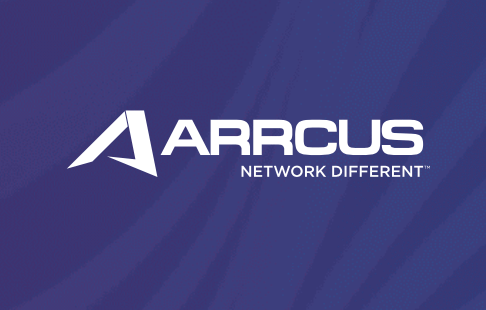Lightmatter, a start-up based in Boston that is developing photonic interconnect and compute products, annouced $155 million in a Series C-2 funding round. The company has raised over $420 million to date and is now valued at over $1.2 billion. The latest funding round was led by GV (Google Ventures) and Viking Global Investors, with participation from others.
Lightmatter said its full stack of photonics-enabled hardware and software solutions will reduce power consumption and increase performance.
“Lightmatter is positioned to be a key driver in powering the next generation of computing systems that will further enable AI innovation. Through photonic technologies, Lightmatter is ensuring the steady progress in computing performance continues, despite growing power consumption challenges and slowing progress with transistor scaling,” said Lightmatter co-founder and CEO, Nick Harris. “We are thankful for the support of our investors, each of whom share our vision of Lightmatter playing an integral role in the future of computing. By increasing speed, lowering cost, and reducing environmental impact, our technologies can continue to push the limits of what’s possible, fueling greater AI adoption and innovation.”
Some additional notes:
- Since May 2023, Lightmatter has grown its headcount more than 50% to meet client demand and product milestones.
- Lightmatter plans to open a Toronto office in 2024.
- Danner Stodolsky has been appointed Vice President of Data Center Architecture. Danner was previously Senior Vice President of Cloud at SambaNova and a Vice President of Engineering at Google.
- Colin Sturt has been appointed General Counsel. He brings over 20 years of semiconductor industry experience to Lightmatter and was most recently Senior Vice President and General Counsel at Dialog Semiconductor.

















